This blog has been updated on – March 18, 2024
Lighting is that all-important part of any 3D visualization that you can’t ignore. After all, it is what makes the perception of any visible object. What is worth noting here is that the image you perceive is the ray of light that is reflected from the object source. It is essentially what makes or breaks the 3D rendering or visualization. A poorly lit scene could look flat and can give a poor taste to the project while lighting, done right, can bring value to the visualization. Confused about how lights and shadows affect your 3D visualized design? Read this blog to find out.
Table of Contents:
Introduction
3D visualization architecture is a combination of a number of elements such as shadow, textures, colors, materials and lights. Not only does the perfect combination render an awesome design and real-life project, but it also helps in retaining the life-likeness and accuracy of the entire image.
Since light and shadows form a very important part in photorealistic rendering in general, it is important to know how and why they are needed in visualizing architecture.
If you want to know about what is “architectural visualization”, it is an umbrella term to actually visualize a concrete real-life picture of an abstract idea. Since light and shadows play an important role in real-life visualization, let us see how they make a difference to architecture visualization as a subject.
How do lights and shadows enhance 3D visualization?
-
Adds realism to your design
A real-life architectural design works in a three-dimensional manner, and conventional rendering procedures would only be able to display sketches and plans in a two-dimensional style.
Proper usage of light and shadows adds the real-life side to your design, for it is exactly how our eyes perceive objects.
Without using shadows, an outsider such as a client might find it difficult to understand the depth and position of the objects, their different sizes and how they are located relative to their surroundings.
With shadows, we can understand which objects are suspended in the air and positioned on the ground.
-
Creates the mood
The choice of lighting is important to create a certain impact on your client. If you use soft and inviting light in your design, it will have a soothing effect; if you use bright lighting, it will bring out a modern look to your plan. It will also give you an idea how to get started with the 3D visualization.
Bold lighting, on the other hand, acts like a spotlight and should be added to the showpiece of your design. Choose lighting that fits in with the theme of your design, and the elements you are focusing on.
Use accent or secondary lighting to accentuate certain areas you want your client to focus on, thus adding to the overall beauty of the design.
-
Defines the elements in your design
Using shadows in your design helps to bring out the different tones in your design; especially if all the objects are of the same color.
Creating a contrast helps us make out the objects used in the design, and bring them together to create a cohesive look. Our eyes are used to seeing three-dimensional images that include shadow and lighting, and without the use of shadows, the design does not seem real anymore.
Also, there are a number of 3D visualization and rendering technologies that add value to the projects.
-
Reveals the 3D nature
One of the 3D visualization benefits is that since there is no physical light equipment involved, lighting can be easily placed to create a shadow that lies perpendicular to the camera, which would not be apparent under normal circumstances.
Using natural light in your design shows us how it affects the interiors of the design, and gives an overall character to the room.
-
Maintains the level of mystery
Shadows build mystery in the image, such as when they give a hint of the events that are happening outside the frame even if we don’t know the actual identity of the character. This simple technique can instantly gain our attention, and create a curious mood and atmosphere.
-
Balances and beautifies design
The proper combination of shadows and lighting gives an aesthetic beauty to the design. They can be used as a compositional device to detail in the areas that remain bare, or to frame a particular section of the design to attract the focus of the client. They say, 3D rendering, and architectural visualization is the future of architectural design.
Highlighting a portion of the image is done by blurring out the areas surrounding the focus object.
Recommended Reading:
Conclusion
Just like the many other elements, lighting and shadow are two very important essentials that make up a successful 3D visualization. It is important to know how to work with these two basics perfectly, which is why you should definitely take up a course in 3D visualization, AutoCAD.
You will learn the many techniques in 3D animation and other visual styles to customize the design according to the client’s requirements.
BluEntCAD is a company that is known for its exterior and interior 3D rendering services. Apart from having the latest architectural tools and software under their sleeve, they also work on constantly improving their products and services to give their clientele complete product satisfaction.
Both the knowledge and striving for improvement have made them great for both business and design development. Looking for a 3D artist, Click here to know more about us!


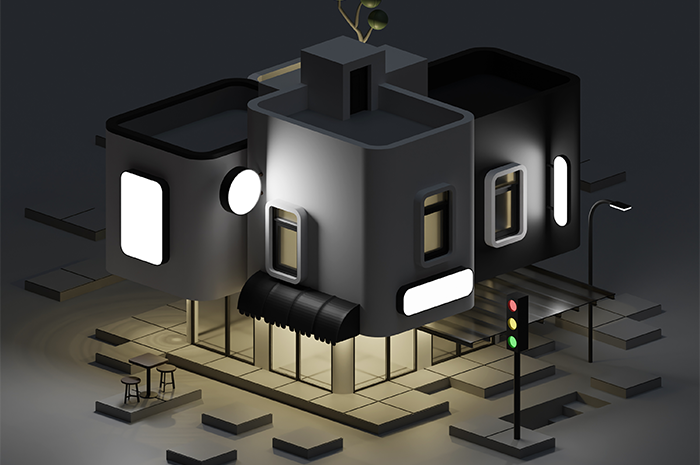

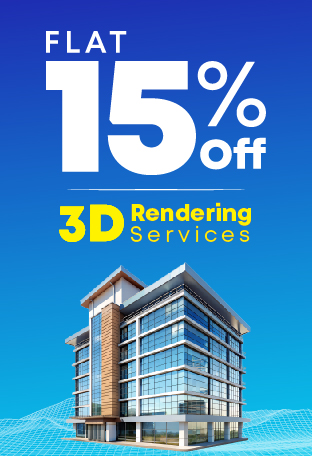
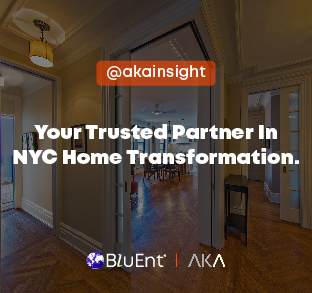

 Architectural Rendering: Revolutionizing Urban Planning for Future Cities
Architectural Rendering: Revolutionizing Urban Planning for Future Cities 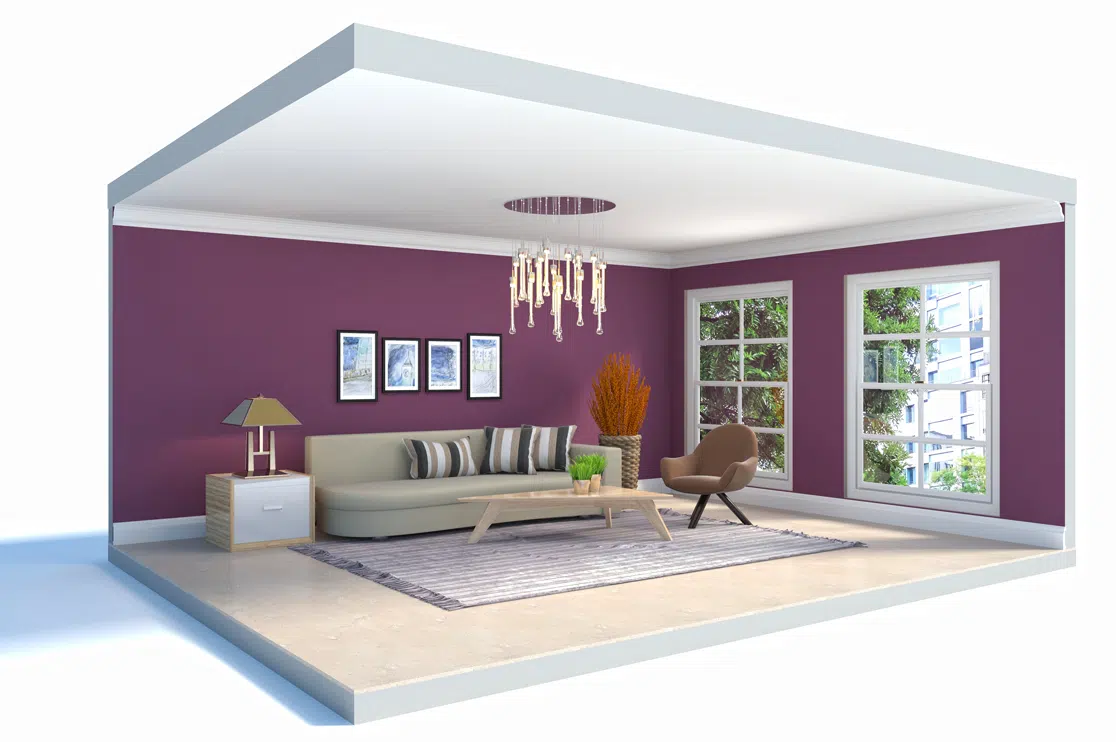 Real Estate Virtual Staging: Avoid These Mistakes to Sell Your Home Fast (With Pro Tips)
Real Estate Virtual Staging: Avoid These Mistakes to Sell Your Home Fast (With Pro Tips) 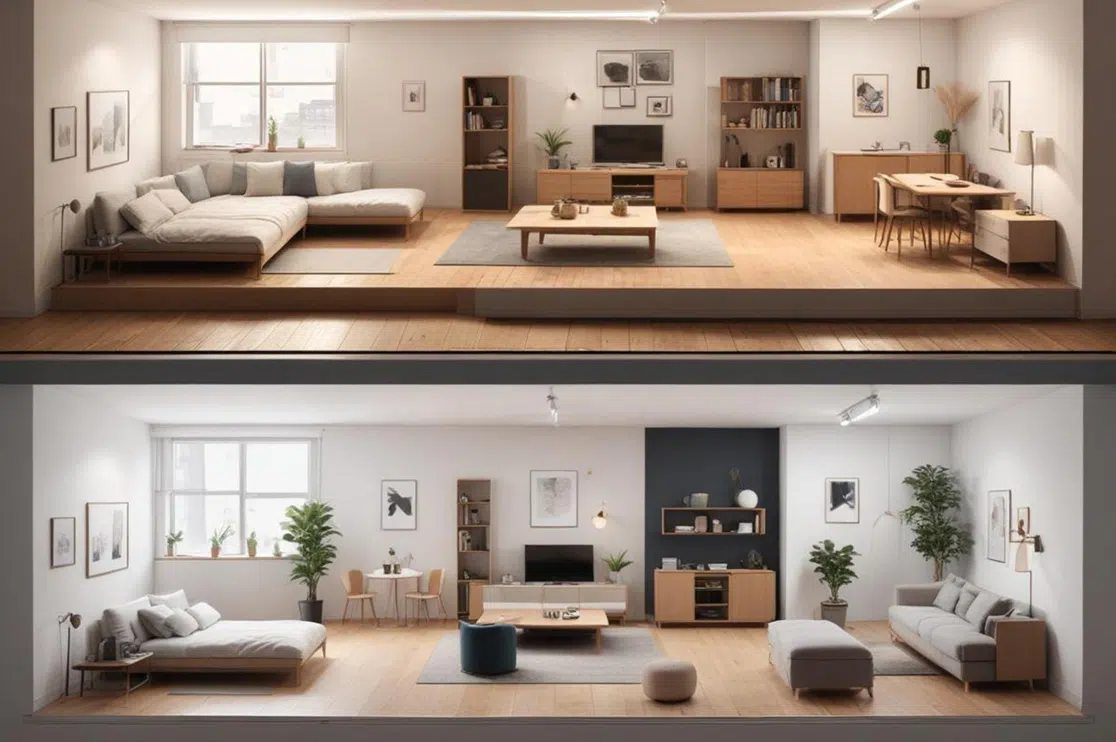 How Does 3D Rendering Help with Virtual Staging a House for Sale?
How Does 3D Rendering Help with Virtual Staging a House for Sale? 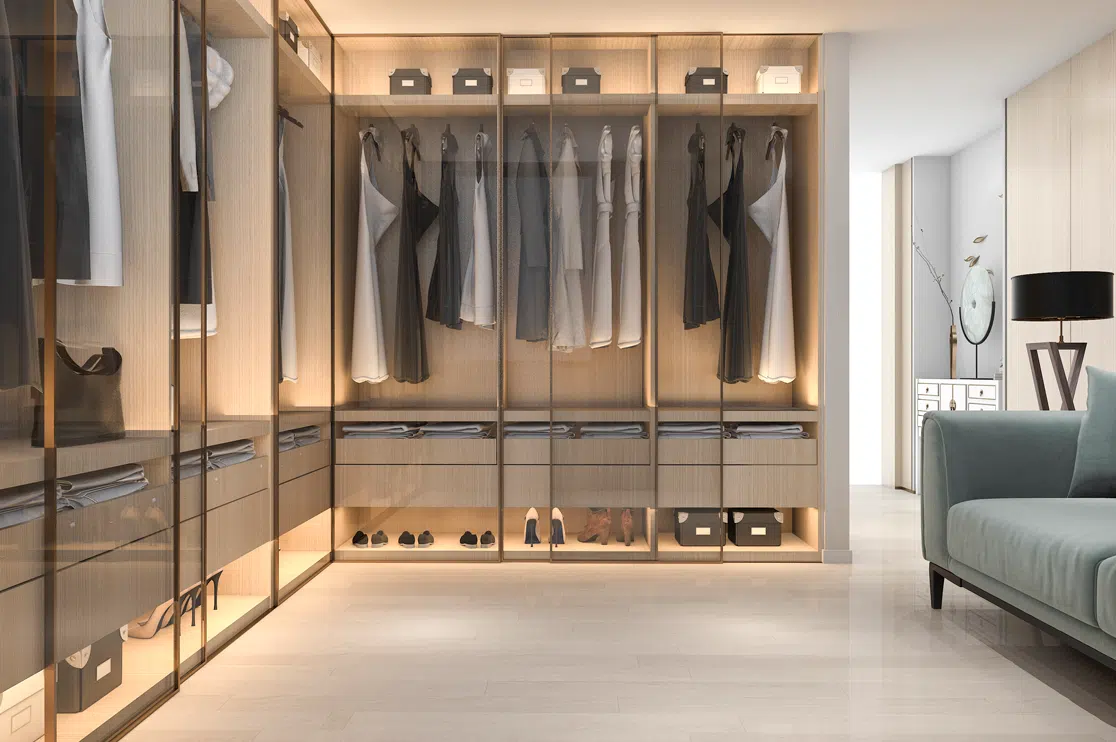 Best 3D Custom Wardrobe Designs for Your Bedroom
Best 3D Custom Wardrobe Designs for Your Bedroom